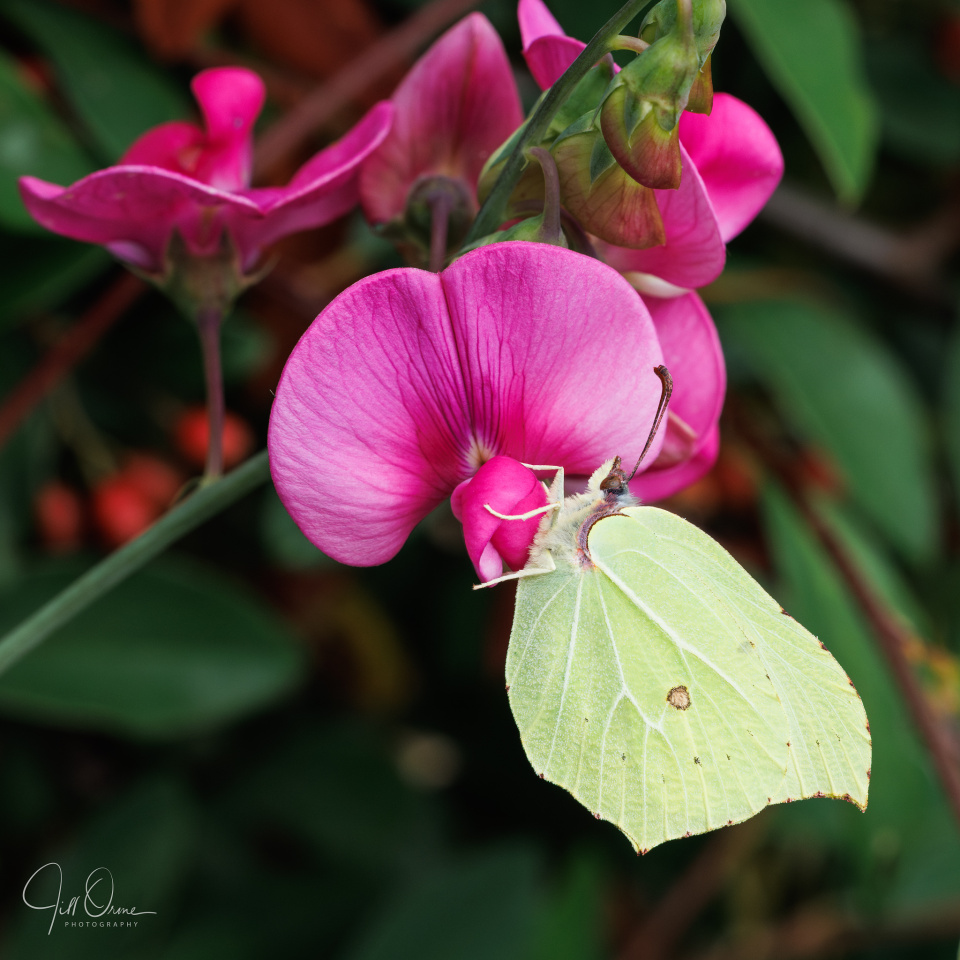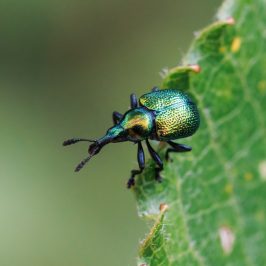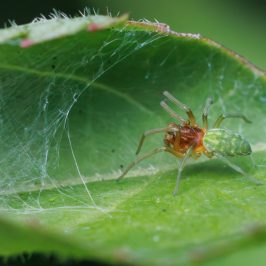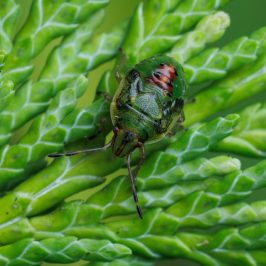“I need the long lens,” I said to R as I scuttled through the kitchen. “There’s a Brimstone on the perennial pea, and they get arsey if you just march up to them.” Which they do, very often, but in this case I needn’t have worried: having shot my butterfly with the long lens I went off and recorded some other things with the macro, only to find as I walked back to the house that the Brimstone was still resting on the same flower. So I risked having another go at him in close-up, and this is one of the resulting macro images. When I left he was still snoozing, entirely unconcerned about all the attention.
For the record, this is a new brood male, at the beginning of what could potentially be a year of life. He will feed up into the autumn and then look for somewhere to hibernate through the winter, probably among dense ivy or bramble foliage. He’ll complete his sexual maturation during hibernation, and will wake next spring ready and eager to mate. Male Brimstones come out of hibernation before their potential mates, and for me their relentless patrols in search of emerging females are one of the first signs of spring. Females lay their eggs on the underside of buckthorn (Rhamnus) leaves, and are extremely particular about which shrubs they choose for their offspring. The adults are known to select their food plants by sight as well as by smell, and they have a marked preference for purple flowers.
Bonus fun fact: some sources claim that the word “butterfly” derives from “butter fly”, and was inspired by the male Brimstone’s butter-coloured wings. Having almost no romance in my soul, I rather doubt this charming tale.
R: C4, D17.







